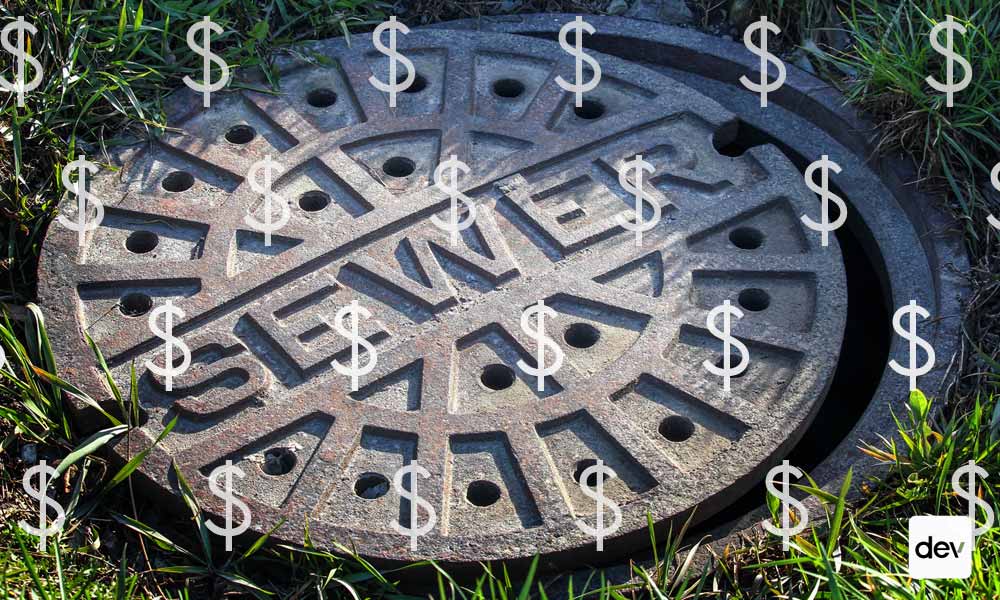
Finance
What Are Impact Fees & Why You Need to Know Them
Clarify the concept of impact fees, their purpose in funding public infrastructure improvements, and how they affect property development projects with our expert guide. A must-read for developers and property owners looking to comprehend the financial responsibilities tied to new developments
What Are Impact Fees?
“(Developer) impact fees are a charge or tax on construction to pay for associated capital development,” said Julian. “The money has to be used for public facilities.” Impact fees are used primarily to fund new streets, parks, utilities, and emergency and government services.


“It’s a matter of meeting a community halfway,” said Nicholas Julian, senior program manager for land use at the National Association of Home Builders. “We believe in paying our share of capital costs.”
Julian spoke of impact fees imposed on development by nearly every city and county nationwide. These fees apply to almost any new construction, including single-family homes on private lots.
“Local governments are broke, and the fees are the only way they can maintain levels of service,” said Arthur C. Nelson, professor emeritus of Urban Planning and Real Estate Development at the University of Arizona. “Residents often oppose new developments because they will burden streets and facilities. Impact fees help pay for the new facilities.”


By the mid-1980s, fees greatly expanded until Ventura County, California, homeowners James and Marilyn Nollan wanted to replace their small beachfront bungalow with a larger home. The California Coastal Commission required the Nollans to dedicate access to the beach through their land. The Nollans sued and prevailed at the U.S. Supreme Court in 1987.
Nollan’s case created the modern foundation for developer impact fees. A 2024 U.S. Supreme Court case against El Dorado County, California, could upend the system again.


How Are Impact Fees Calculated?
“There’s a schedule of fees based on land use,” said Nelson. “Cities conduct a detailed technical analysis to determine what facilities will be needed to serve a growing community. This analysis is then used to calculate the fees for different types and sizes of projects.”
The technical study is highly scrutinized, especially by home builders, who tend to foot the biggest share of the tab.
“People expect their community to maintain the service levels even as new population move in,” Jullian said. “Homebuilders expect that but don’t want to pay for more than their share.”
Between changes in the economy, the increased cost of building government facilities, and the cost of providing those services, many communities have let service levels slip. NAHB works to ensure that new development is not tagged with the cost of making up that deficit.
Can Developers Avoid Paying Impact Fees?
According to Nelson, the answer is a flat no. He explains that there are ways developers can offset the fees.
“If a developer is building a large new community, it may want to include a park, make that park open to the public, and give it to the city,” said Nelson. “The city will then deduct the park’s value from the park impact fee a developer might pay.
Julian pointed out that many times, for large developments, there is an extensive negotiation over the impact fees.
“Developers can’t avoid the contribution required by the fees,” he said. “They might agree to provide land or build facilities in lieu of paying the fees.”
Nelson said that some cities will negotiate developer-funded public facilities in lieu of paying the fees.


Why Are Impact Fees Important to Communities?
Nelson has long advocated for impact fees. He believes they control housing costs and ensure a community’s quality of life.
“Local governments provide many services to a community. People living in the city expect the services to stay at the same level they’ve experienced,” Nelson said. “When a new development comes to town, people often oppose the plan because of how it will impact traffic, schools, parks, and emergency services. Impact fees take that objection off the table because the project is being charged what it costs to maintain these levels of service.”
The home builders agree with the purpose but are concerned about sometimes being asked to carry more than their load.
“We like to discuss alternatives to just applying fees,” said Julian. “Sometimes it’s more advantageous for the developer to build a road or a park rather than pay into an account and wait for the improvements.”
NAHB wants to see a thoughtful and careful process to avoid challenges. Nelson said that the fees benefit a community, and for a developer, it strips opponents of their most significant objections.




